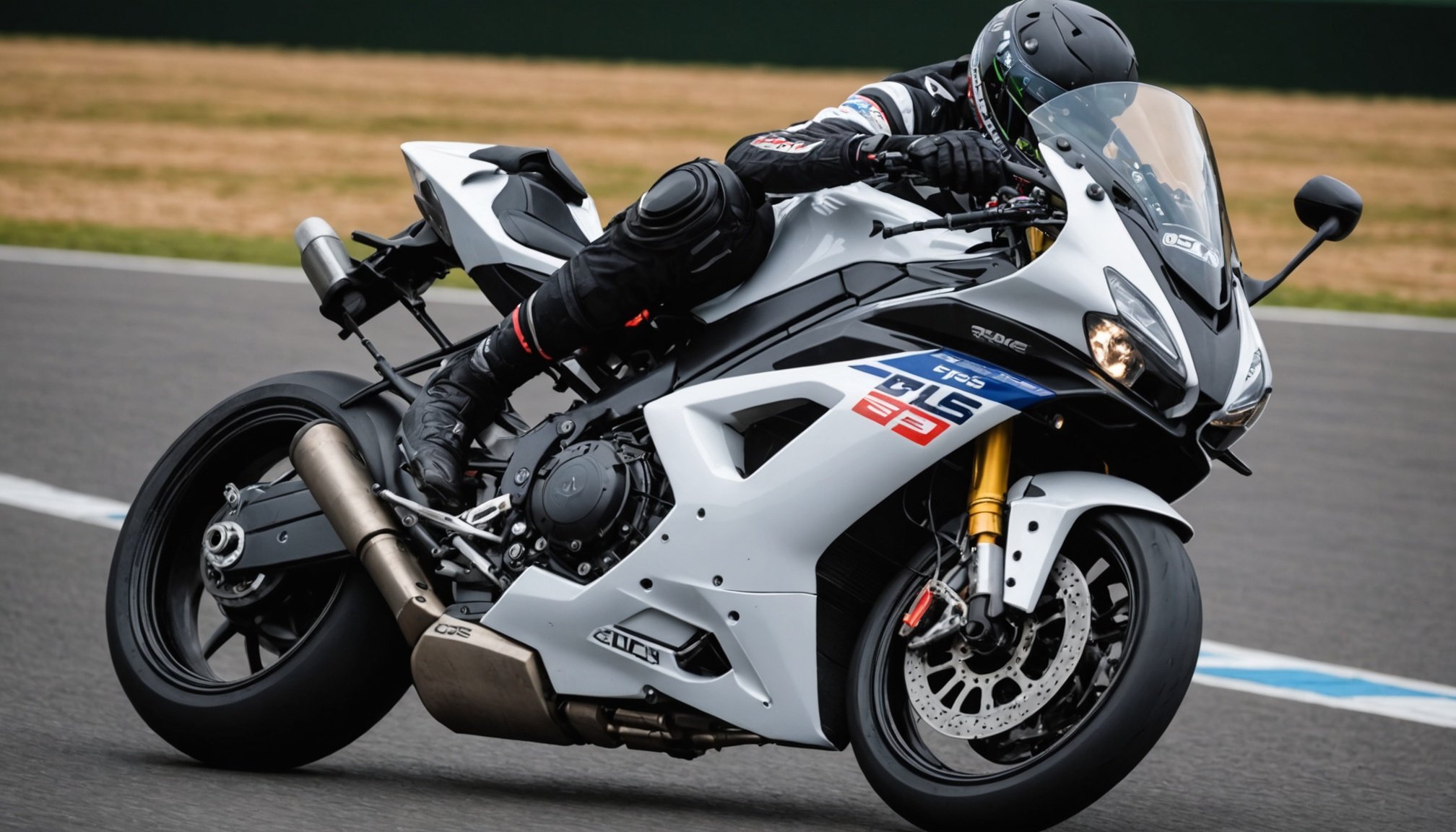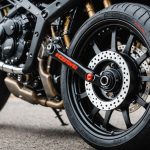Choosing the Right GPS Lap Timer
When selecting a GPS lap timer for your sport bike, there are a few critical features to consider for optimal performance tracking. Begin by evaluating the accuracy of the GPS signal, as precise location tracking is crucial for reliable lap timing. Look for timers that offer detailed data log capabilities, allowing you to analyze your laps effectively.
Another key feature is the user interface. A clear, intuitive display can make a significant difference during races. Consider timers with large, easy-to-read screens, so information is accessible at a glance. Display customization options can further enhance usability by allowing the racer to focus on specific metrics.
This might interest you : Conquering uk emissions regulations: the complete handbook for sport bike compliance
Comparing popular models is also essential. Many sport bike enthusiasts recommend devices with cloud connectivity for storing and sharing lap data. Brand reputation and user feedback are invaluable; models like those from AIM or Starlane often receive high marks for reliability and ease of use.
User reviews frequently highlight the benefits of pairing timers with other sport bike accessories for comprehensive performance analysis. Ultimately, expert recommendations emphasize the importance of choosing a timer that aligns with your specific racing needs and goals, ensuring your sport bike performance reaches its peak.
Additional reading : Your ultimate guide to installing a sport bike tire pressure monitoring system: achieve real-time pressure awareness with these easy steps
Step-by-Step Installation Guide
The installation of a GPS lap timer is crucial for accurate performance tracking. A careful installation ensures that your sport bike accessories function seamlessly, enhancing your racing experience. Here’s how to get started.
Preparing for Installation
Before diving into the actual process, gather essential tools like a screwdriver, adhesive tape, and cable ties. These will aid in a smoother setup. Safety should never be overlooked; hence, ensure that your bike is on a stable surface to prevent accidents. Positioning the timer where it’s visible yet unobtrusive is key.
Mounting the Device
Begin by selecting an appropriate mounting spot on your sport bike, ideally on the handlebars or the dashboard. Use the adhesive tape to secure the mounting bracket firmly. Double-check for a secure fit to avoid displacement during high-speed rides. Proper alignment is necessary for consistent GPS reception.
Connecting the GPS to the Sport Bike
Once the device is securely mounted, connect the necessary power cables to the bike’s battery. Ensure wires are neatly tucked using cable ties to prevent interference. Confirm the connections are tight to avoid power loss during usage. Initial calibration might be required for optimal GPS synchronization, ensuring precise data capture.
Benefits of Using a GPS Lap Timer
Harnessing a GPS lap timer can significantly boost your sport bike’s performance enhancement capabilities. By precisely tracking lap times, these timers facilitate an in-depth analysis of racing data, essential for honing your racing strategy. Employing advanced performance tracking tools, riders can pinpoint strengths and weaknesses in technique, leading to marked improvements in competitiveness.
Racing data analysis becomes more intuitive and actionable with the use of a GPS lap timer. The ability to break down lap data into digestible metrics such as speed, braking points, and acceleration can transform how riders approach each circuit. These insights allow for targeted adjustments, optimising performance in real-time scenarios.
Real-world examples from UK racing circuits illustrate the profound impact of data-driven decision-making enabled by GPS timers. Racers utilising these devices report enhanced lap times and a deeper understanding of their racing dynamics. By leveraging this technology, riders can not only track but also predict and improve future performance, setting new personal bests and gaining competitive edges on the track.
Ultimately, GPS performance tracking offers a substantial advantage in the quest for speed and precision, making it an indispensable tool for the dedicated racer.
Troubleshooting Common Installation Issues
Correctly installing a GPS lap timer is crucial, but sometimes problems may arise. Identifying potential problems is the first step in resolving them effectively.
Identifying Potential Problems
When tackling GPS troubleshooting, start by checking for common installation problems such as poor signal reception or inaccurate lap timings. These issues often arise from incorrect device placement or unsecured connections. Print an installation diagram if available as a visual aid.
Solutions for Connection Issues
If you encounter connection troubles, inspect power cables and ensure wires are fastened tightly to the battery. Tight connections avoid power interruptions. In cases of loose wires interfering with signal reception, use cable ties for a cleaner setup. Often, simply securing the cables solves the issue of inconsistent data transmission.
Calibration and Setup Tips
Correct initial calibration is essential. Should the GPS fail to sync, re-calibrate by resetting the device, following user instructions. Ensure the environment is optimal for GPS signals by avoiding obstructions like large metal objects. Regularly updating firmware can also address minor functional glitches and enhance overall device performance.
Real-World Application and User Testimonials
Understanding how a GPS lap timer performs in real-world scenarios is crucial for informed decision-making. User experiences provide authentic insights into the efficiency and impact of these devices on sport bike performance. Let’s explore some compelling testimonials on GPS timers and their transformative effects.
Case Studies of Improved Performance
Many users report significant enhancements in lap times and performance tracking when consistently employing GPS lap timers. In a notable case, a sport bike enthusiast from Birmingham noted a 15% improvement in lap times at Silverstone Circuit after leveraging detailed analytics from their device. This showcases the practical benefits of using advanced tracking tools for real-time adjustments.
User Testimonials on Installation
Installation experiences can vary, but positive feedback often emerges from those who carefully followed installation guides. Users appreciate the straightforward setup process when adequate preparation and adherence to instructions are prioritised. A rider from Manchester praised the intuitive design that required minimal technical skill.
Expert Opinions
Experts consistently underscore the importance of GPS tracking in optimising racing strategies. They highlight how real-time data empowers riders to refine techniques, enhancing overall performance. Such endorsements strengthen the case for incorporating GPS timers as an essential performance tool for dedicated racers.










